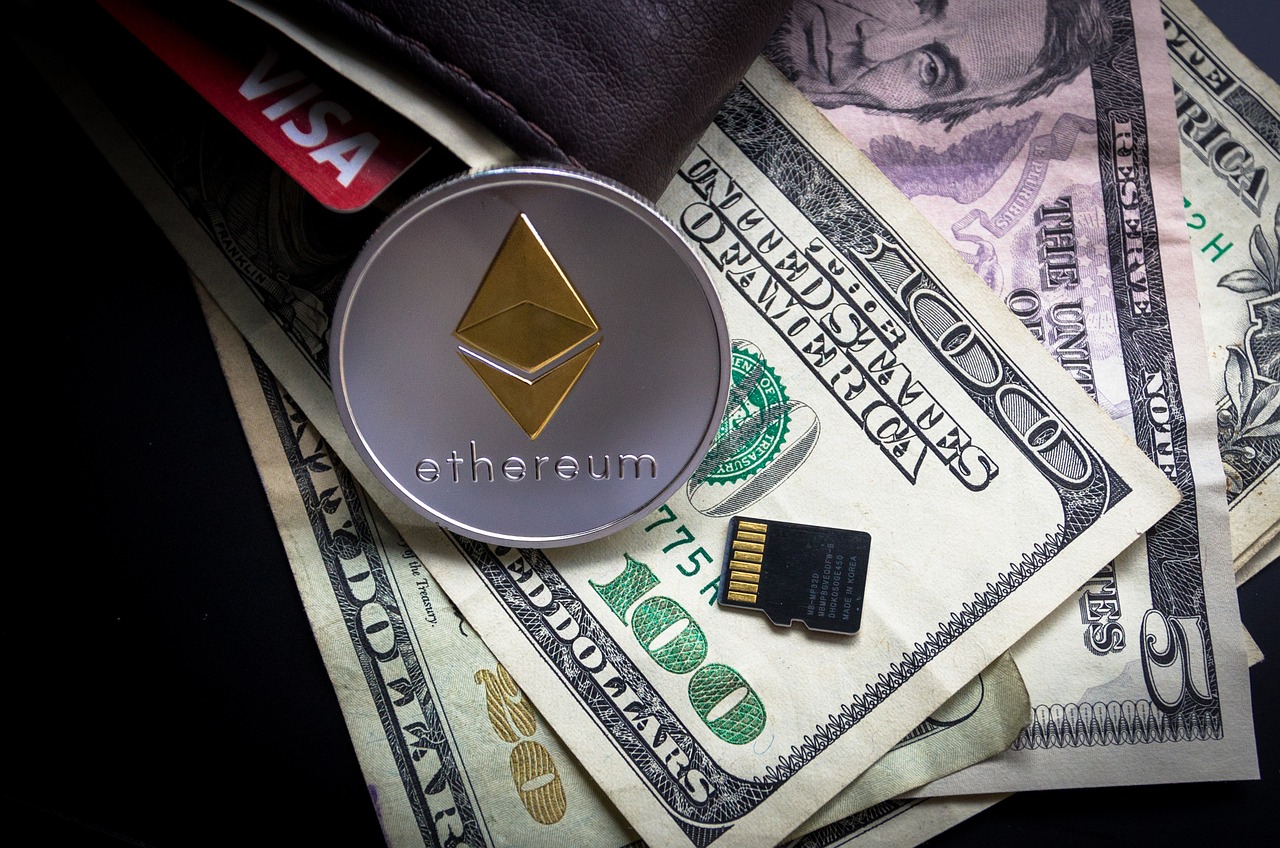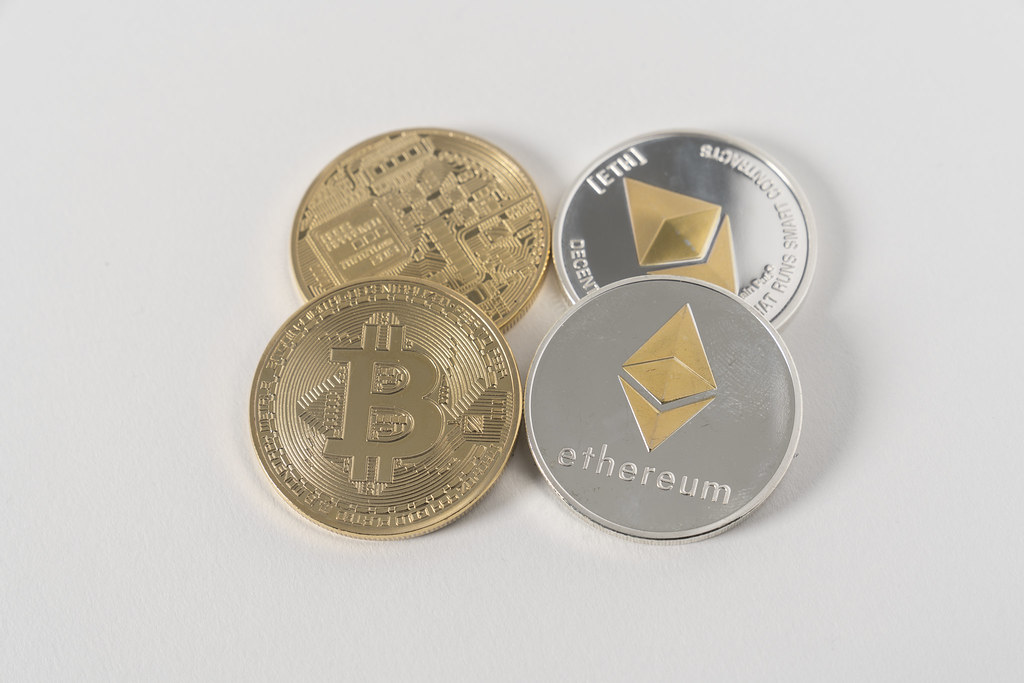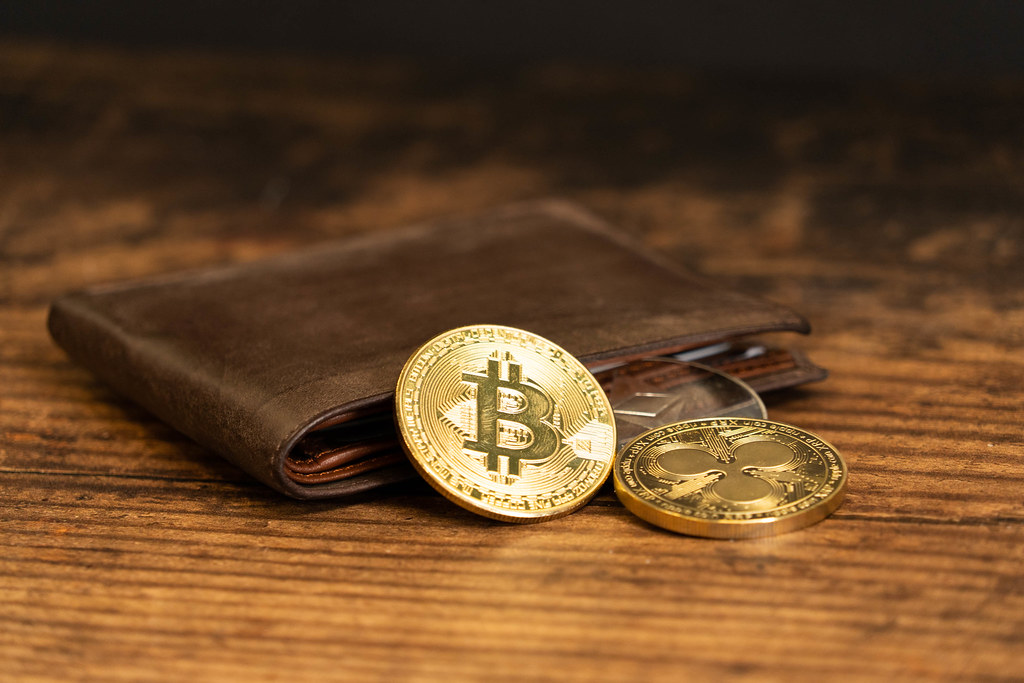With the rise in popularity of cryptocurrencies like Bitcoin, more and more people are becoming interested in investing in crypto assets. However, before you can start buying or trading cryptocurrencies, you’ll need to have a cryptocurrency wallet. A crypto wallet is a digital wallet that allows you to store, send, and receive cryptocurrencies. In this article, we will walk you through the process of getting a cryptocurrency wallet and provide you with the necessary information to keep your wallet secure.
Types of Cryptocurrency Wallets
Hot Wallets
A hot wallet is a type of cryptocurrency wallet that is connected to the internet. It allows you to access your crypto assets quickly and conveniently. These wallets are typically provided by a wallet provider or a cryptocurrency exchange. Examples of hot wallets include wallet apps on your mobile device or web-based wallets that you can access through a browser. While convenient, hot wallets are more susceptible to hacking and online attacks.
Hardware Wallets
A hardware wallet is a physical device that stores your private keys offline. It is considered one of the most secure methods of storing cryptocurrencies. Hardware wallets are designed to be resistant to malware and hacking attempts, making them an ideal choice for long-term storage of your crypto assets. Examples of hardware wallets include Ledger and Trezor.
Software Wallets
Software wallets refer to wallet applications that you can download and install on your computer or mobile device. These wallets can be either hot or cold wallets, depending on whether they are connected to the internet or not. Software wallets offer a balance between security and convenience, as they are easily accessible while still providing a certain level of protection for your crypto assets.
Paper Wallets
A paper wallet is a physical document that contains your wallet address and private key. Paper wallets are typically printed out and stored in a secure location, such as a safe deposit box or a locked drawer. While paper wallets are not as convenient as other types of wallets, they are considered one of the most secure methods of storing cryptocurrencies as they are not susceptible to hacking or online attacks.

How to Set Up a Cryptocurrency Wallet
Step 1: Choose the Right Wallet
Before setting up a cryptocurrency wallet, you’ll need to choose the right type of wallet that suits your needs. Consider factors such as security, convenience, and the types of cryptocurrencies you plan to store.
Step 2: Download the Wallet App
If you have chosen a software wallet, the next step is to download the wallet application. Go to the official website of the wallet provider or search for the app in your device’s app store. Make sure to download the authentic and official version of the wallet app to avoid any potential scams.
Step 3: Create a New Wallet
Once you have downloaded the wallet app, launch it and follow the instructions to create a new wallet. This usually involves choosing a strong password and backing up your wallet by writing down the recovery phrase.
Step 4: Set Up Security Measures
After creating your new wallet, it’s important to set up additional security measures to protect your crypto assets. Enable features such as two-factor authentication and biometric authentication if available. Also, make sure to regularly update your wallet app to benefit from the latest security enhancements.

How to Buy Cryptocurrency
Option 1: Buy from a Cryptocurrency Exchange
One of the most common ways to buy cryptocurrency is through a cryptocurrency exchange. Sign up for an account on a reputable exchange platform, complete the verification process, and deposit funds into your account. Once your account is funded, you can buy various cryptocurrencies using the exchange’s trading features.
Option 2: Use a Peer-to-Peer Trading Platform
Another option to buy cryptocurrency is through a peer-to-peer trading platform. These platforms connect buyers and sellers directly, enabling you to buy cryptocurrencies from other individuals. Peer-to-peer trading platforms often offer a wider range of payment options and can provide a more private and decentralized way of buying cryptocurrency.
Option 3: Mine Cryptocurrency
If you have the technical knowledge and resources, you can also choose to mine cryptocurrency. Mining involves using specialized hardware to solve complex mathematical problems and confirm transactions on the blockchain. In return, miners are rewarded with newly minted cryptocurrencies.
How to Keep Your Wallet Secure
Enable Two-Factor Authentication
Two-factor authentication adds an extra layer of security to your cryptocurrency wallet. It requires you to input a unique code or provide biometric data in addition to your password when accessing your wallet. This prevents unauthorized access even if your password gets compromised.
Keep Your Software Up to Date
Regularly updating your wallet app is crucial in maintaining the security of your wallet. Developers often release updates to patch any vulnerabilities and improve the overall security of the application. Make sure to update your wallet app as soon as new updates are available.
Backup Your Wallet
Backing up your wallet is essential to protect your crypto assets from accidental loss or damage. Most wallet apps provide a recovery phrase or a private key that you can use to restore your wallet if needed. Write down the recovery phrase and store it in a safe and secure location, preferably offline.
Conclusion
Getting a cryptocurrency wallet is the first step towards entering the world of cryptocurrencies. By considering the types of wallets available and following the steps to set up and secure your wallet, you can safely store and manage your crypto assets. Remember to choose the right wallet for your needs, download the authentic wallet app, and set up additional security measures to protect your investments. With a reliable and secure wallet, you can confidently navigate the cryptocurrency space and explore the various opportunities it offers.


